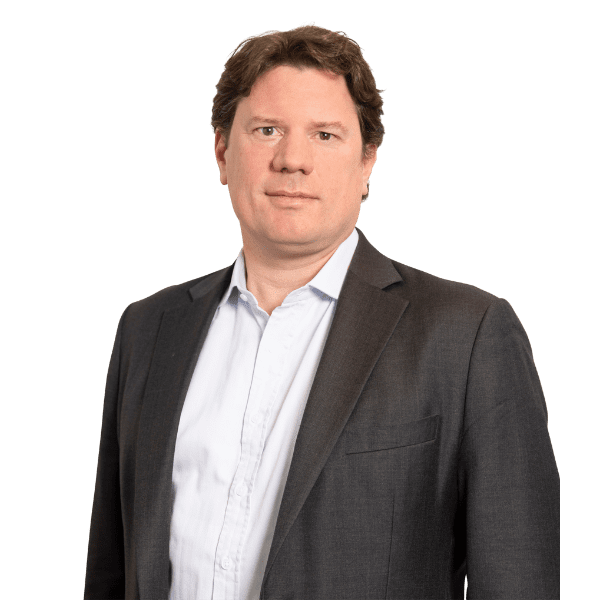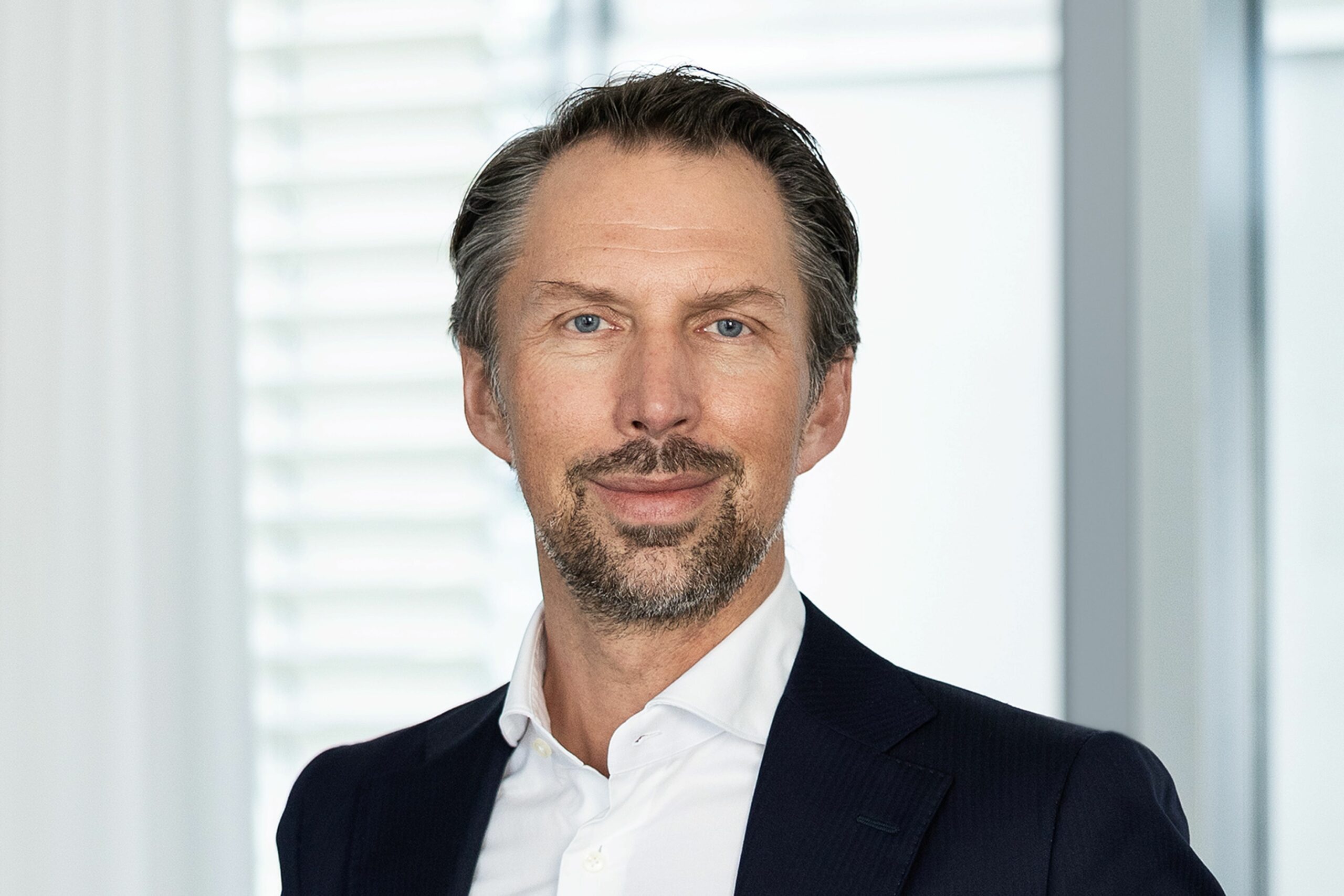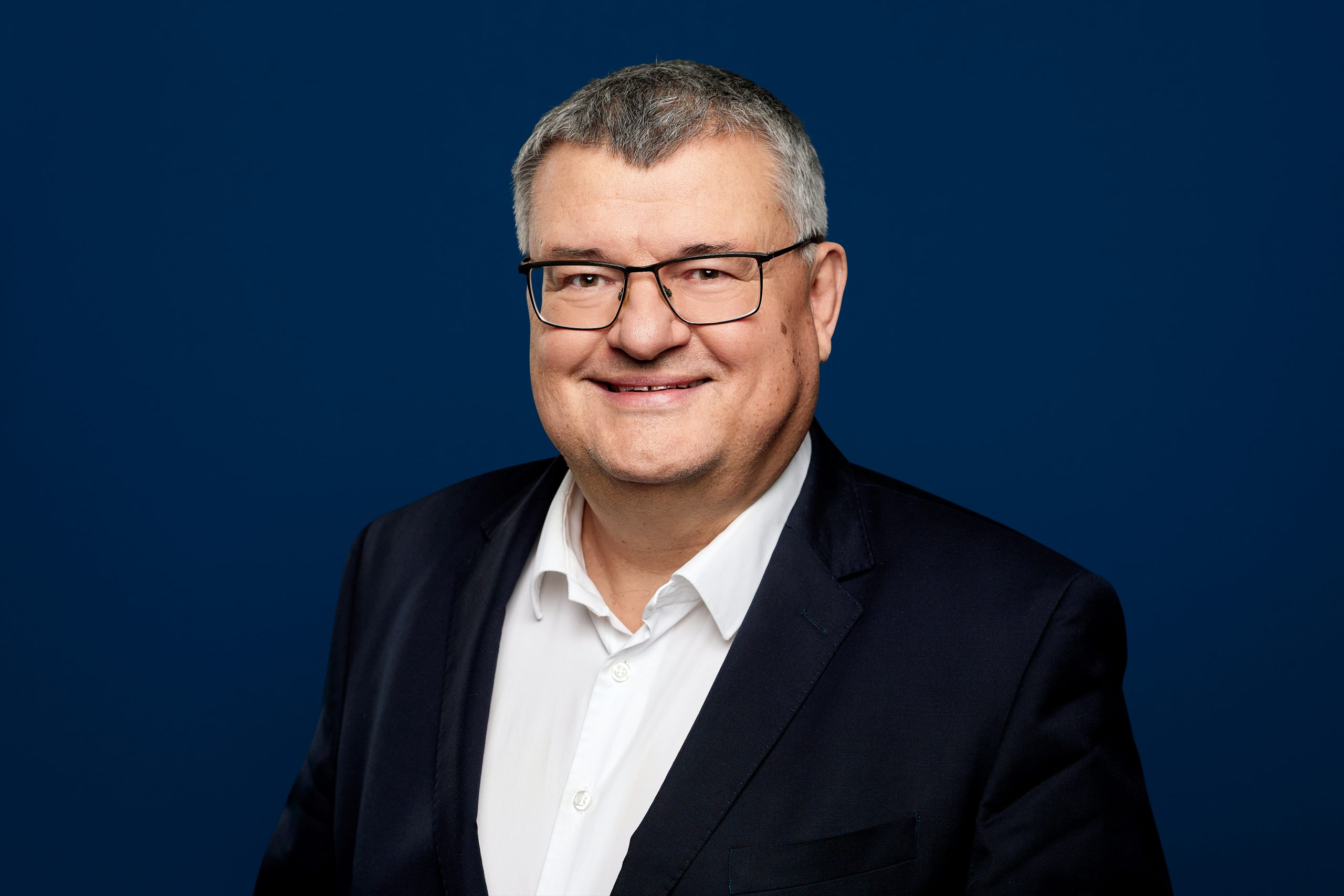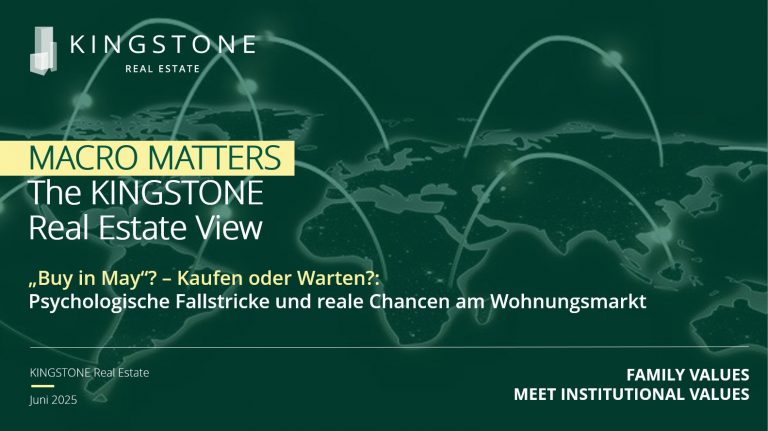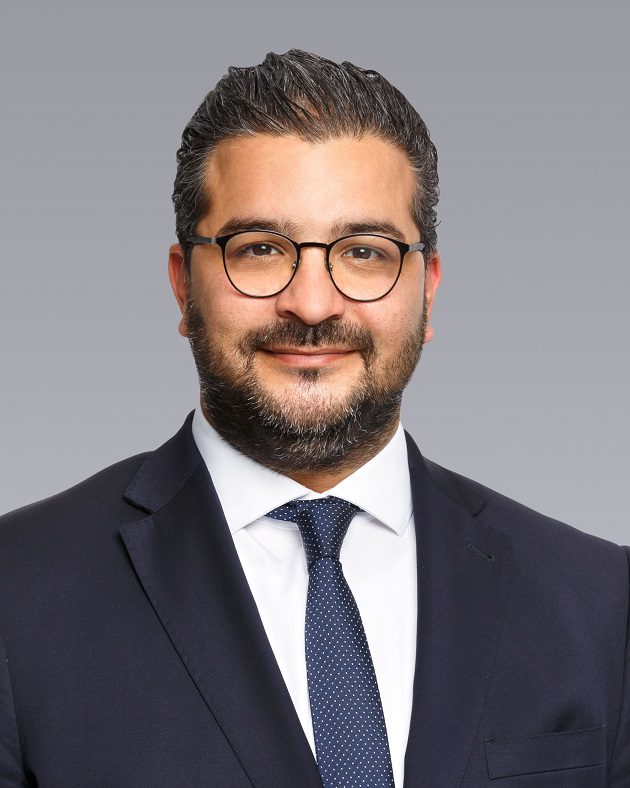Different approaches can be taken when selecting managers and investment products and constructing multi-manager portfolios. Two of them seem to us to be particularly worth mentioning because they are more or less suitable depending on individual client needs but also on asset classes. We speak of top-down and bottom-up. We will now discuss what the practical differences are and why they play a role for us.
Introduction
The universe of managers and investment products is enormously broad and heterogeneous, especially in the world of alternative investments. The choice is not trivial, especially not when individual goals and wishes have to be taken into account. And as always, many roads lead to Rome. Here we outline two fundamental, differently oriented approaches to the selection of systems and products: The first is referred to as top-down and the second as bottom-up. These two approaches are not mutually exclusive and can certainly be combined, but in practice it is advisable to decide which process should be prioritized before selection.
As a mnemonic bridge, “top-down” represents a top-down view of a selection of investment products that can be arranged according to numerous criteria, such as asset class, region, strategy, style, degree of diversification, liquidity and much more. Based on this, groups are formed whose managers are similar when viewed from above. Bottom-up, on the other hand, corresponds to the view from below of all providers and their funds without overarching categorization according to specific criteria. In bottom-up selection processes, for example, more attention is paid to the people and teams of the managers, their specific (fund) track records both in absolute terms and relative to benchmarks, to their personal references, individual competitive advantages or to the investor base in certain funds.
Top-Down
By the term top-down selection, we mean the idea that as an investor or client, you formulate a clear idea with precise specifications regarding your own investment goals and numerous other criteria and requirements. You look down on the entire universe of managers and products from above and start to organize them into meaningful and homogeneous groups. In individual small steps, the group(s) that offer the best chances of achieving individual goals due to their characteristics are then filtered out. Within this filtered group(s), one or more favorites are then chosen for the final investment.
As an example, a client’s desire to invest in a liquid investment product that provides a high level of diversification from traditional investments such as equities and bonds (measured by correlation and its “crisis alpha”, i.e. positive return in phases of negative equity returns), pursues a comprehensible strategy, does not charge performance fees and can be expected to generate positive returns in the future.
Let’s run through the appropriate top-down process: The liquidity requirement excludes all closed-end products and thus the majority of investments in private markets such as private equity, private debt or infrastructure. After the experience in 2022, when stocks and bonds suffered double-digit yield losses at the same time and for identical economic reasons (interest rate increases), are also not desired. Nor are alternative strategies with a high equity beta available, which excludes various long-short equity hedge funds, for example. In terms of traceability, it becomes somewhat more subjective, but certain discretionary macro strategies, in which a client can neither know nor understand the manager’s investment decisions in detail, are also ruled out. All funds with performance fees also fall victim to the filtering process. Thus, there are not so many candidates left, but the group of classic trend followers (called CTAs as we described them in timeouts 142 or 100 and ) survives our step-by-step filter process.
One could now filter further top-down within this group of CTAs and address numerous nuances between the CTAs (e.g. by trend horizon, signal types, traded markets, volatility, etc.) in order to work out a shortlist of suitable funds again top-down. This is exactly how we do it in practice, but it goes beyond the scope of the timeout and probably also the patience of most readers.
Bottom
Bottom-up selection takes a different approach, because clients do not (want to) communicate fixed goals and specifications for certain groups of strategies, managers or investment funds and do not actually form detailed groups in advance, but perhaps only want to know which managers are offering a liquid product today that has delivered solid returns over the last few years.
While this requirement requires private market investments to be excluded, there are countless opportunities in the liquid space. There are, for example, equity managers who deliberately focus on NASDAQ and tech stocks in the USA and have thus left almost all stock indices far behind in recent years. There are credit funds that have invested in loans and CLOs (which have no duration risk due to their variable interest rate and have hardly suffered from the interest rate rises in 2022) and therefore generated first-class returns. Certain multi-strategy hedge funds could also be mentioned. And of course some of the CTAs already mentioned, as we have previously determined them in the top-down process.
Delegation versus actively managed diversification
When asked which of the two processes will generate the higher return in the future, the honest answer is that we don’t (can’t) know. Not because the two processes are bad, but because we don’t know the future of the markets or that of the managers. Nevertheless, depending on the approach taken in a selection, there are significant differences for clients, especially with regard to the resulting portfolio diversification and the effect of the new fund(s) in the overall portfolio context.
In the bottom-up process, a client is presented with a far more heterogeneous set of candidates. It is plausible that certain concentrated equity funds, as well as certain hedge funds, will continue to generate excellent absolute returns and alpha in the future. Whether the customer catches exactly these funds with his bottom-up process, however, is written in the stars. What is certain, however, is that, depending on the selection, he consciously or unconsciously takes a high thematic or strategy- and style-specific risk. If he actually bets on high-flyers with concentrated tech stock portfolios, he is making a stock and sector bet. When he chooses the complex multi-strategy hedge fund, he places a great deal of trust in the people and delegates the majority of the relevant investment decisions, such as the choice of asset classes, exposure to certain risk premiums and betas or simply the risk in the fund portfolio, to the chosen manager.
From our point of view, it is in the interest of the client to be aware of the described consequences of classic bottom-up selection processes and to be aware of the high degree of delegation. Only with this knowledge can he make a well-founded decision as to whether this type of selection fits his portfolio and his goals.
The situation is different with top-down selection, because here more precise specifications from the customer result in a narrowly defined set of suppliers and products in the filtering process. In other words, because the resulting group of funds remaining in the filtering process is more homogeneous. Whether the remaining, similar strategies will continue to work well in the future and, above all, better than concentrated equity funds or large multi-strategy hedge funds is of course also written in the stars. But in contrast to bottom-up selection, the customer knows better what he is getting into with top-down selection and what he can expect from the filtered candidates. If a client, like us, believes that trends are still forming in financial markets that can be identified and exploited, then yes. If not, he can adjust the filter process top-down and direct it to other strategies.
Which process for which asset class?
Top-down processes require investors to have relatively clear ideas about the goals and requirements as well as a universe of investment funds that can always be invested in and reliably implement their strategy at all times. This is a good fit for liquid strategies in liquid instruments with high AuM capacities. This means that such funds can accept new money very quickly and invest in line with their strategy, without dilution and style drift. Most traditional funds, but also some niche funds such as loans or cat bonds, as well as liquid hedge funds such as CTAs, global macros or many long-short equity can be sensibly filtered through top-down selections. Even some private debt managers have shown (at least in the past) that they can digest extensive funds for newly launched vintages surprisingly well or lend them effectively and in a focused manner to borrowers for attractive credit risk premiums, which at least with a little patience does not rule out a sensibly structured top-down selection process.
The situation is different for private equity investments, especially in the area of venture capital and growth. Of course, you can also include your top-down goals and wishes in a selection with private equity investments. Unfortunately, however, many successful managers are difficult to access because they only raise new money to a limited extent and only every few years. Of course, a top-down selection that leads an investor to a number of closed-end managers does not benefit the client. Instead, an investor must orient himself more and more actively bottom-up and check which of the supposedly most attractive PE managers are currently accepting new money at all and also accepting new customers.
In addition, the positions in new PE funds (as well as for other private market asset classes such as infrastructure and private debt) are not yet known, because the manager will only invest the money collected for his new fund over the next few years. We can therefore only rely on the fact that the elected manager can and will successfully implement the intentions expressed in the due diligence meeting regarding his investment-loot scheme in the future. With liquid funds, on the other hand, an investor can look at the existing fund portfolio at any time and check whether it fits his goals as well as the rest of his portfolio.
In the less orderly bottom-up-driven processes, the existing networks, long-standing track records and established relationships with countless managers (e.g. in the private equity industry) represent central competitive advantages. This is one argument why we have never offered private equity in SIGLO’s history. But thanks to the integration with Cambridge Associates, we can now develop and implement individually designed private equity solutions with our clients with a much better feeling.
Implications for portfolio construction
The choice of approach to the selection of managers and funds is also reflected in the philosophy behind the portfolio construction of investors. Those who pursue a top-down process for their overall portfolio as well as for certain strategic ratios such as their liquid alternative ratio will consciously look for strategies and funds that complement their existing portfolio in a targeted manner. That is why, for example, we deliberately focus on risk mitigation (also known as drawdown management) in certain client mandates today, by looking for liquid and diversifying strategies such as trend followers (CTAs), as in the selection example described at the beginning, which ideally diversify traditional investments and yield returns for equity markets in difficult phases. With this client goal in mind, we deliberately focus on a top-down defined group of providers and funds when looking for possible new and complementary funds.
The approach of bottom-up investors, who are primarily looking for established managers in the hedge fund sector, for example, who ideally achieve attractive absolute returns at all times, is different. For such clients, it is not so important what exactly strategies an individual manager pursues or which instruments he actively trades in which markets. They are also not interested in more academic-style exercises to divide the return contributions according to real alpha and beta or by factors. The main thing is that the absolute return is right.
We consciously repeat that we do not judge the two approaches presented, top-down and bottom-up, but merely observe and describe them. It is important to us that the individual goals of customers are achieved with the highest possible probability.
For most of our institutional mandates, we currently consider a classic top-down approach based on diversification considerations for clients to be more suitable, especially with regard to the impact of the selected funds in the overall portfolio context. In the case of mandates that focus specifically on certain asset classes, this is understandably also rightly demanded by the client. Specialization is often the main motivation for the allocation of mandates.
Result
Before making any selections, whether internal or external, investors should consider whether a top-down or bottom-up approach is more suitable for the asset class in focus. If both seem feasible in principle, as a customer you should ask yourself whether you already have a clear idea of the goals and requirements or of the role of the new fund in the overall portfolio context. If not, it is a good idea to talk to experienced colleagues or specialists who can help you discuss and formulate your own preferences in order to ensure an individually suitable procedure for future selections.
In the context of the overall portfolio, the identical question naturally also comes to mind. Is there a deliberate need to close any open gap in the existing portfolio, or do you simply want to identify another “good” manager who can make a positive contribution to returns? Once again, beauty is in the eye of the beholder.
